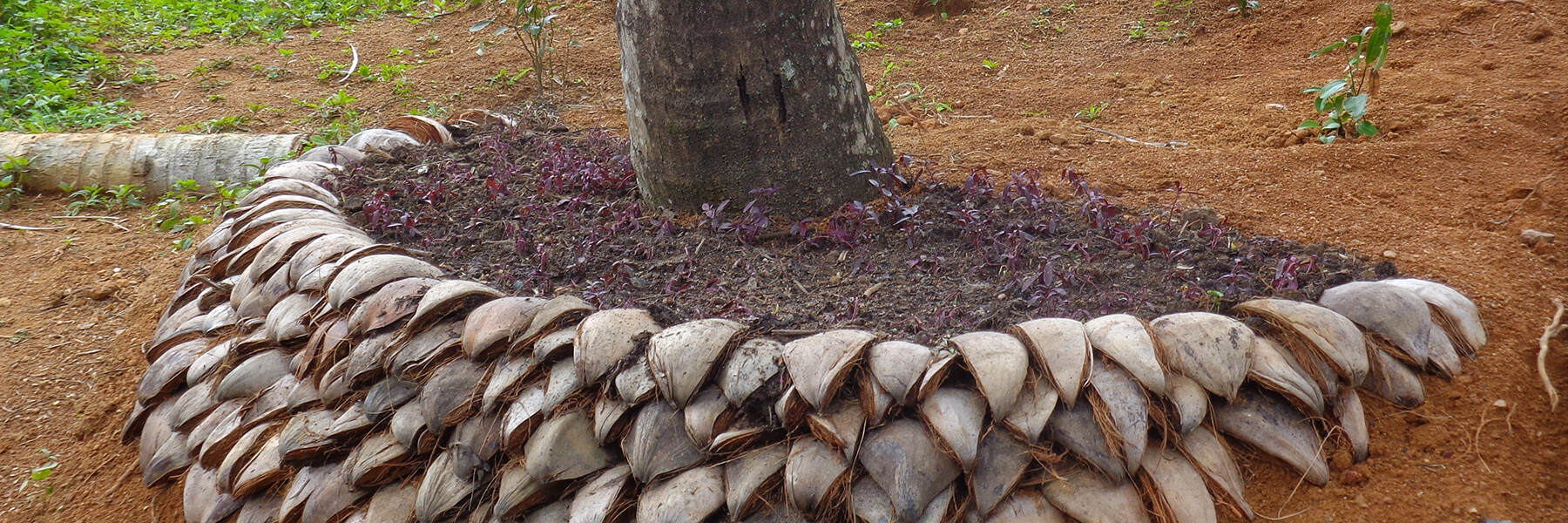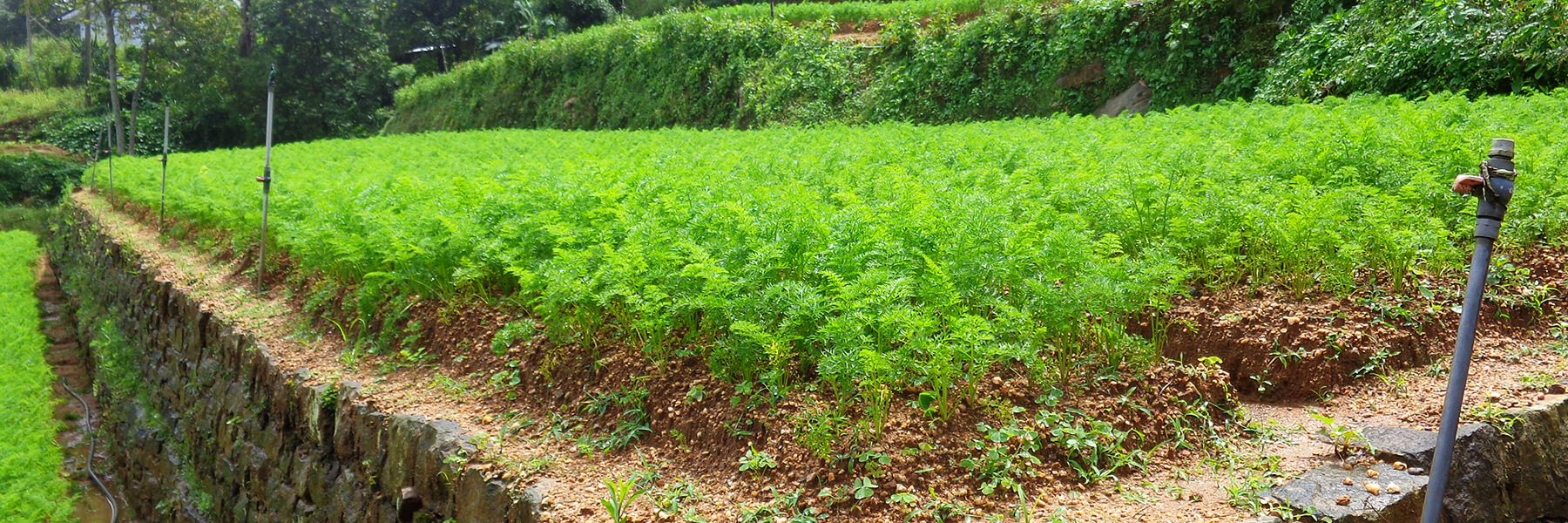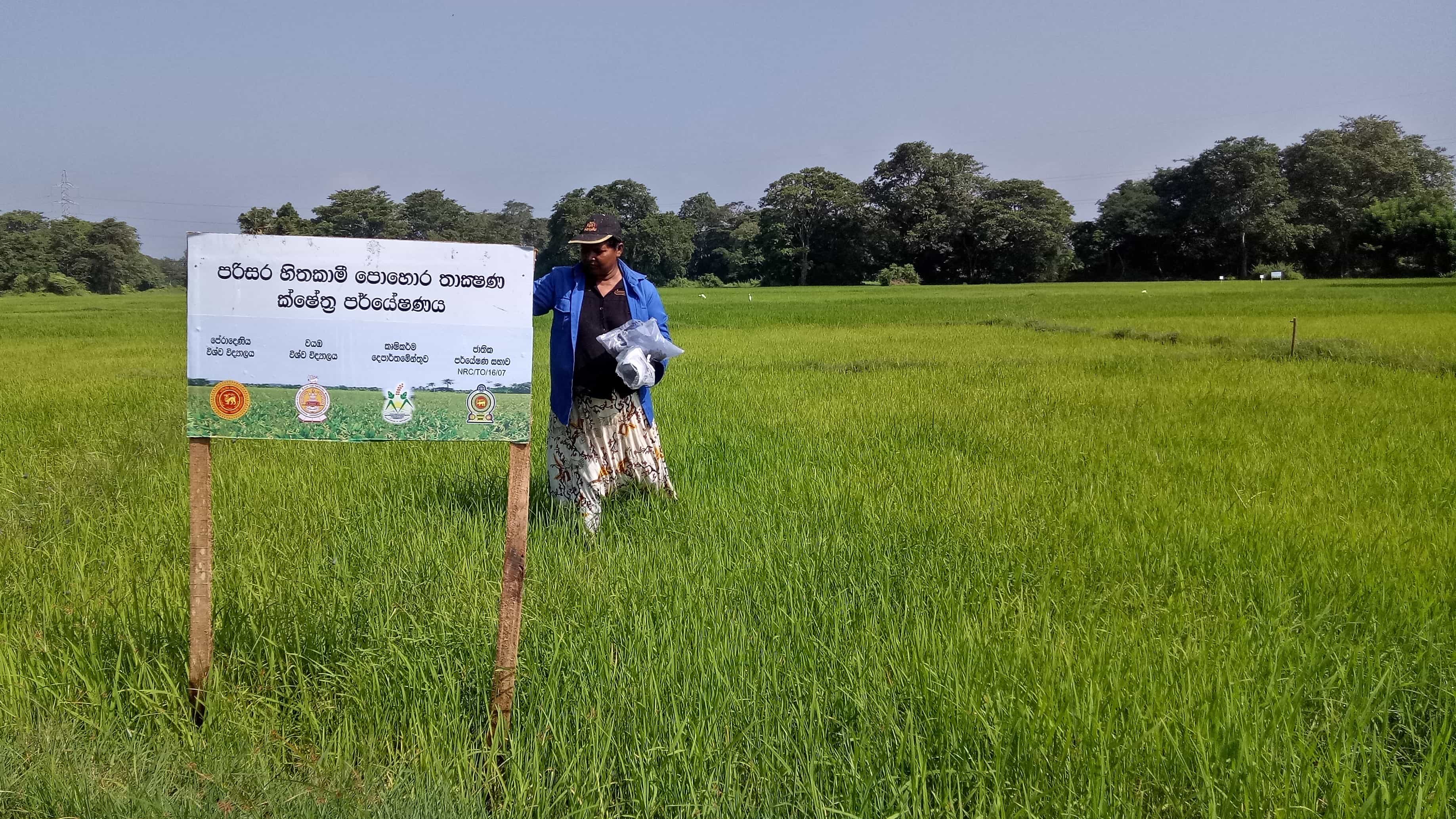Rice husks, a waste product generated in rice mills, can release its carbon as a greenhouse gas (GHG) to the atmosphere through burning or decomposition. Converting it into biochar and intercalating (filled) with urea can produce a slow-release nitrogen (N) fertiliser that improves N-use efficiency while minimizing GHG emissions. Rice husks are often considered as a waste, and its carbon is released to the atmosphere as carbon dioxide (CO2) which is a greenhouse gas (GHG) through either decomposition or burning as a biofuel.





